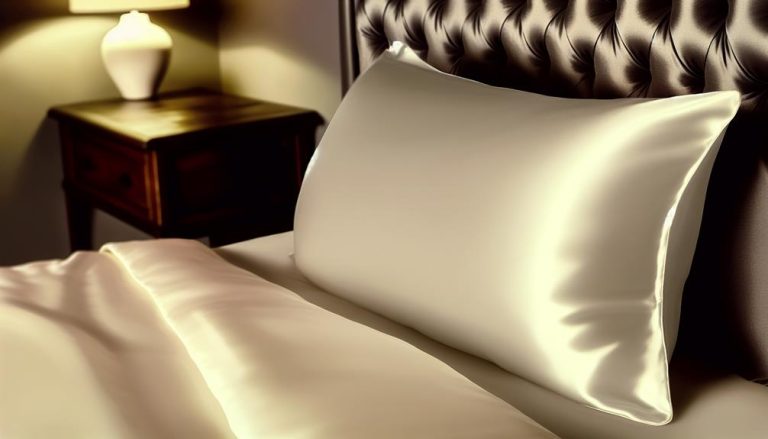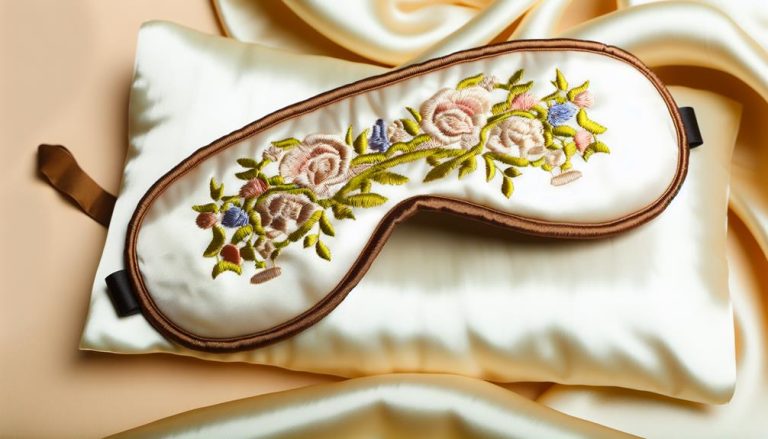Did you know that according to a recent study, more than 70% of people unknowingly damage their clothes when they dry flat? It’s a staggering statistic that highlights the importance of understanding the proper techniques for drying our garments.
In this article, we will uncover the do’s and don’ts of drying, focusing specifically on the method known as ‘dry flat.’ Whether you’re a laundry expert or a novice looking to protect your favorite pieces, this discussion will provide you with valuable insights and practical tips to ensure your clothes retain their shape and look brand new.
So, let’s embark on this journey together and discover everything you need to know about the art of drying flat.
Definition and Purpose of Drying Flat
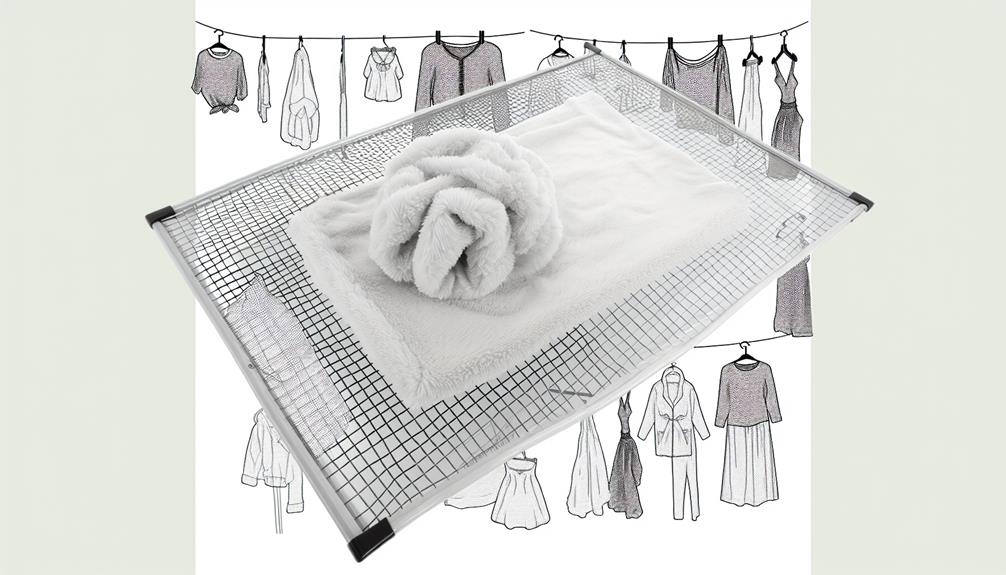
When it comes to caring for delicate or stretch-prone clothing items like sweaters, knits, and certain lingerie, drying flat is the recommended method to preserve their shape and prevent stretching. Drying flat refers to laying these items on a flat surface to air dry. By doing so, we can maintain the original structure and shape of the garments.
Hanging or using a dryer can cause certain fabrics to lose their shape, so it’s important to lay them flat instead. Investing in tools like mesh drying racks or sweater drying frames can enhance the longevity and appearance of our clothes. Look for the dry flat symbol, which is a square with a horizontal line, on care labels to identify items that require this method.
Tools and Symbols to Dry Flat
After understanding the importance of drying flat to preserve the shape and structure of delicate garments, let’s explore the tools and symbols that can assist us in this process.
When it comes to drying flat, there are a few helpful tools that can make the process easier and more effective. Mesh drying racks provide a flat surface for garments to lay on, allowing for proper air circulation and preventing stretching. Sweater drying frames are specifically designed to help maintain the shape of sweaters and knits while they dry. Investing in these tools can enhance the longevity and appearance of your clothes.
In addition to tools, understanding the symbols associated with drying flat is essential. The dry flat symbol is a square with a horizontal line in the middle, resembling a flat surface. You can find this symbol on care labels, along with other washing and ironing instructions. Paying attention to these symbols will ensure that you dry your garments properly, avoiding any potential damage.
Garments and Fabrics That Require to Dry Flat
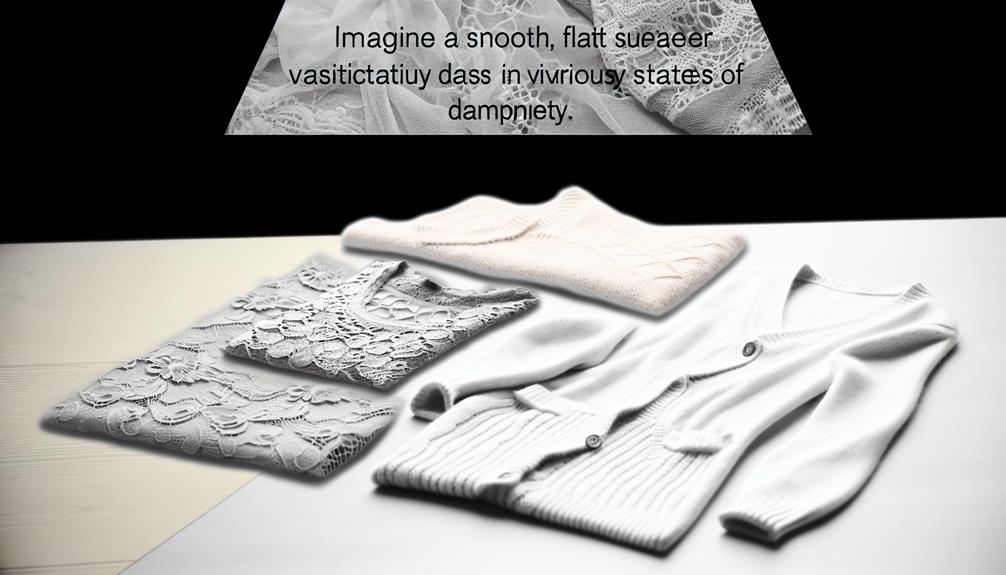
To maintain the integrity of delicate fabrics and garments, drying flat is recommended for items such as silk, lace, cashmere, sweaters, knits, leather pieces, stuffed toys, and pillows. Here are three key reasons why drying these items flat is crucial:
1) Preservation of shape: One should dry flat prevents these fabrics from losing their shape and helps to maintain their original structure. Hanging or using a dryer can cause stretching or misshaping, which can be detrimental to these delicate pieces.
2) Prevention of wrinkles and creases: By laying these items flat to dry, you minimize the chances of creases and wrinkles forming. This ensures that your garments look smooth and fresh, ready to be worn again.
3) Protection from damage: Certain fabrics like silk and cashmere are more susceptible to damage from heat sources like radiators or dryers. Drying them flat allows for gentle air drying, reducing the risk of any harm to the fabric.
Benefits of Drying Flat
Now that we understand why drying flat is crucial for delicate fabrics and garments, let’s explore the numerous benefits it offers. Drying flat not only preserves the shape and structure of the garment, but it also reduces the risk of stretching or shrinking. By laying clothes flat to dry, you can maintain their original size and fit, preventing creases and wrinkles from forming. This method extends the lifespan of the clothing item, allowing you to enjoy it for longer. To help visualize the benefits, take a look at the table below:
| Benefits of Drying Flat |
|---|
| Preserves garment shape |
| Reduces risk of stretching |
| Maintains original size and fit |
Mistakes to Avoid When Drying Flat
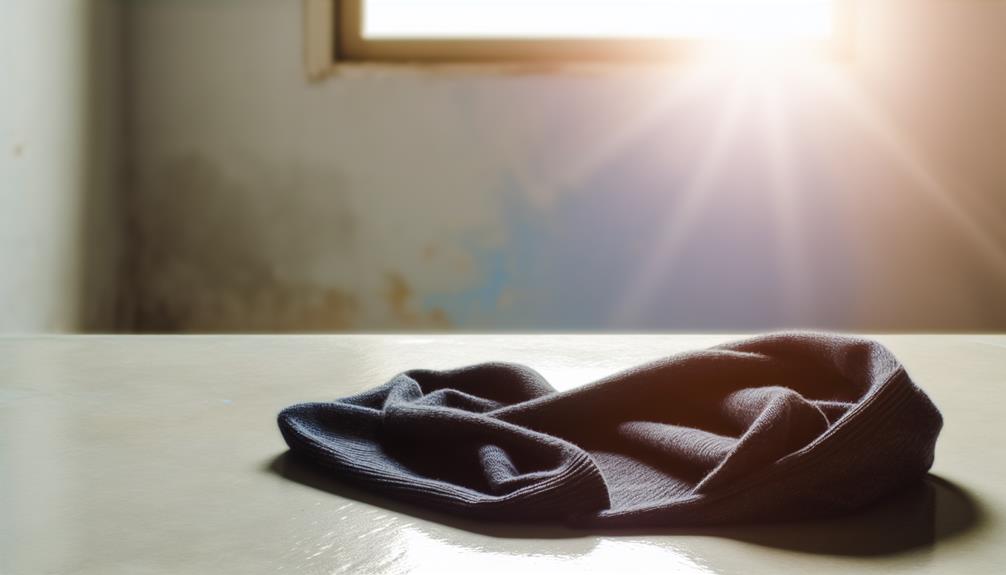
One common mistake to avoid when drying flat is hanging the garment to dry, as it can cause stretching and distortion of the fabric.
To ensure the best results when drying flat, here are three additional mistakes to avoid:
- Using a heat source like a radiator or dryer: Heat can damage delicate fabrics and cause them to lose their shape. It’s best to air dry flat in a cool, well-ventilated area.
- Not reshaping the garment: When laying clothes flat to dry, it’s important to gently reshape them to their original form. This helps prevent misshapen clothing and maintains the garment’s structure.
- Overcrowding the drying area: Proper air circulation is crucial for effective flat drying. Avoid overcrowding the drying area, as it can hinder airflow and prolong drying time.
Tips for Caring for Flat-Dried Garments
After avoiding common mistakes when drying flat, let’s explore some essential tips for properly caring for your flat-dried garments.
First and foremost, it’s crucial to follow the care instructions on the garment’s label. These instructions are specifically tailored to ensure the longevity and quality of your clothing.
When drying flat, using a towel or mesh drying rack can help absorb excess moisture and expedite the drying process.
Additionally, it’s important to avoid direct sunlight when drying colored garments to prevent fading.
Once your garments are dry, store them folded neatly to maintain their shape and prevent wrinkles.
For an added touch of freshness, consider using a gentle fabric conditioner during the washing process.
Proper Air Circulation for Flat Drying

To ensure proper air circulation during the flat drying process, it’s important to create an environment that allows for maximum airflow around your garments. This will help them dry efficiently and prevent any musty odors or mildew from developing.
Here are three key factors to consider for proper air circulation:
- Spacing: Make sure to lay your garments flat with enough space between each item. Overcrowding the drying area can hinder airflow and result in longer drying times. Give each piece of clothing enough room to breathe.
- Elevation: Elevate your drying surface slightly to allow air to circulate underneath the garments. This can be done by placing a towel or mesh drying rack underneath. This elevation will help promote airflow and prevent moisture from getting trapped.
- Flipping: Flip your garments halfway through the drying process to ensure even drying. This will allow air to circulate on both sides of the fabric, preventing any damp spots or uneven drying.
Drying Flat Vs. Hanging or Using a Dryer
Drying flat is a gentle and effective method for preserving the shape and integrity of delicate garments, unlike hanging or using a dryer. Hanging your clothes can cause stretching, while using a dryer can lead to shrinkage and damage to certain fabrics. By opting for the flat drying method, you can maintain the original structure and shape of your garments. This method reduces the risk of stretching or shrinking and helps to prevent creases and wrinkles from forming. It also extends the lifespan of your clothing items.
Common Myths About Drying Flat
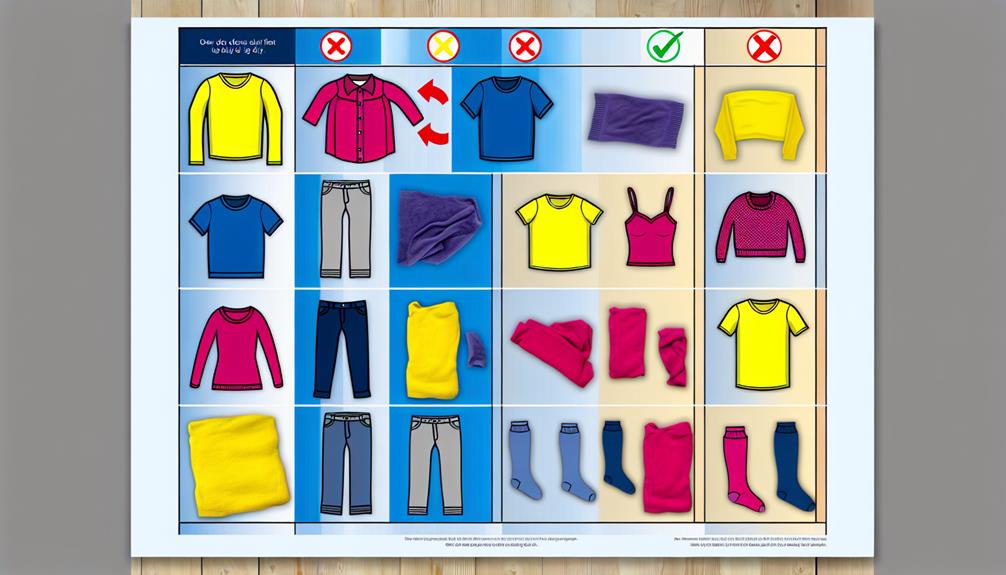
Are you curious about the common myths surrounding drying flat? Let’s debunk some of the misconceptions and set the record straight.
Here are three common myths about drying flat:
- Myth: Drying flat takes forever.
- Fact: While it’s true that flat drying may take longer than using a dryer, it doesn’t necessarily mean it’s a lengthy process. With proper air circulation and the right tools, your clothes can dry surprisingly quickly.
- Myth: Drying flat causes clothes to smell musty.
- Fact: This myth is simply not true. When clothes are properly dried flat, they can actually have a fresh and clean scent. However, if you leave your clothes damp for an extended period, they may develop a musty smell.
- Myth: Drying flat is only for delicate fabrics.
- Fact: Although delicate fabrics benefit greatly from flat drying, it doesn’t mean other fabrics can’t be dried this way. Sweaters, knits, and even jeans can maintain their shape and integrity when dried flat.
Frequently Asked Questions
Can I Dry Any Type of Clothing Flat, or Are There Specific Fabrics That Require It?
Yes, there are specific fabrics that require drying flat.
Delicate fabrics like silk, lace, and cashmere should be dried flat to preserve their shape and prevent stretching.
Sweaters, knits, and other stretch-prone items also benefit from flat drying.
Leather items, stuffed toys, and pillows may also need to be dried flat.
It’s important to follow the care instructions on the garment’s label to ensure proper drying techniques are used for each specific fabric.
Is It Necessary to Reshape the Garment While It’s Drying Flat, or Can I Skip That Step?
We should always reshape the garment while it’s drying flat to ensure it maintains its original shape and structure. Skipping this step could result in misshapen clothing that doesn’t fit properly.
When we lay the garment flat to dry, we should gently reshape it back to its original form, smoothing out any wrinkles or creases. This will help the garment maintain its intended size and fit, ensuring that it looks its best when we wear it.
How Long Does It Typically Take for Clothes to Dry Flat?
Typically, clothes can take anywhere from a few hours to a full day to dry flat. The drying time depends on various factors, such as the fabric type, thickness, and humidity level.
Lightweight fabrics like silk may dry faster, while thicker materials like wool may take longer.
It’s important to ensure that the garment is completely dry before storing or wearing it to prevent any moisture-related issues.
Patience is key when drying clothes flat to maintain their shape and integrity.
Can I Use a Fan or Air Conditioner to Speed up the Drying Process When Drying Flat?
Yes, you can use a fan or air conditioner to speed up the drying process when drying flat. The airflow created by a fan or air conditioner can help evaporate moisture from the clothes more quickly.
However, it’s important to ensure that the fan or air conditioner isn’t set at a high temperature, as excessive heat can damage delicate fabrics.
Additionally, make sure to flip the garments periodically to ensure even drying and prevent any potential damage.
Are There Any Alternative Methods for Drying Flat if I Don’t Have Access to a Mesh Drying Rack or Sweater Drying Frame?
If you don’t have a mesh drying rack or sweater drying frame, there are alternative methods for drying flat.
One option is to use a clean, dry towel and lay your garment on top of it. The towel will absorb excess moisture while still allowing air to circulate.
Another option is to use a clean, flat surface such as a clean table or countertop. Just make sure to flip the garment occasionally for even drying.
Conclusion
In conclusion, drying flat is a valuable technique for preserving the shape and quality of delicate garments. By laying them out on a flat surface to air dry, you can prevent stretching and maintain their original form.
It’s important to use the right tools and symbols for drying flat, and to avoid common mistakes that can damage your clothes.
With proper care and attention, you can keep your clothes looking their best and extend their lifespan. So why wait? Start drying flat today and enjoy beautifully preserved garments!


